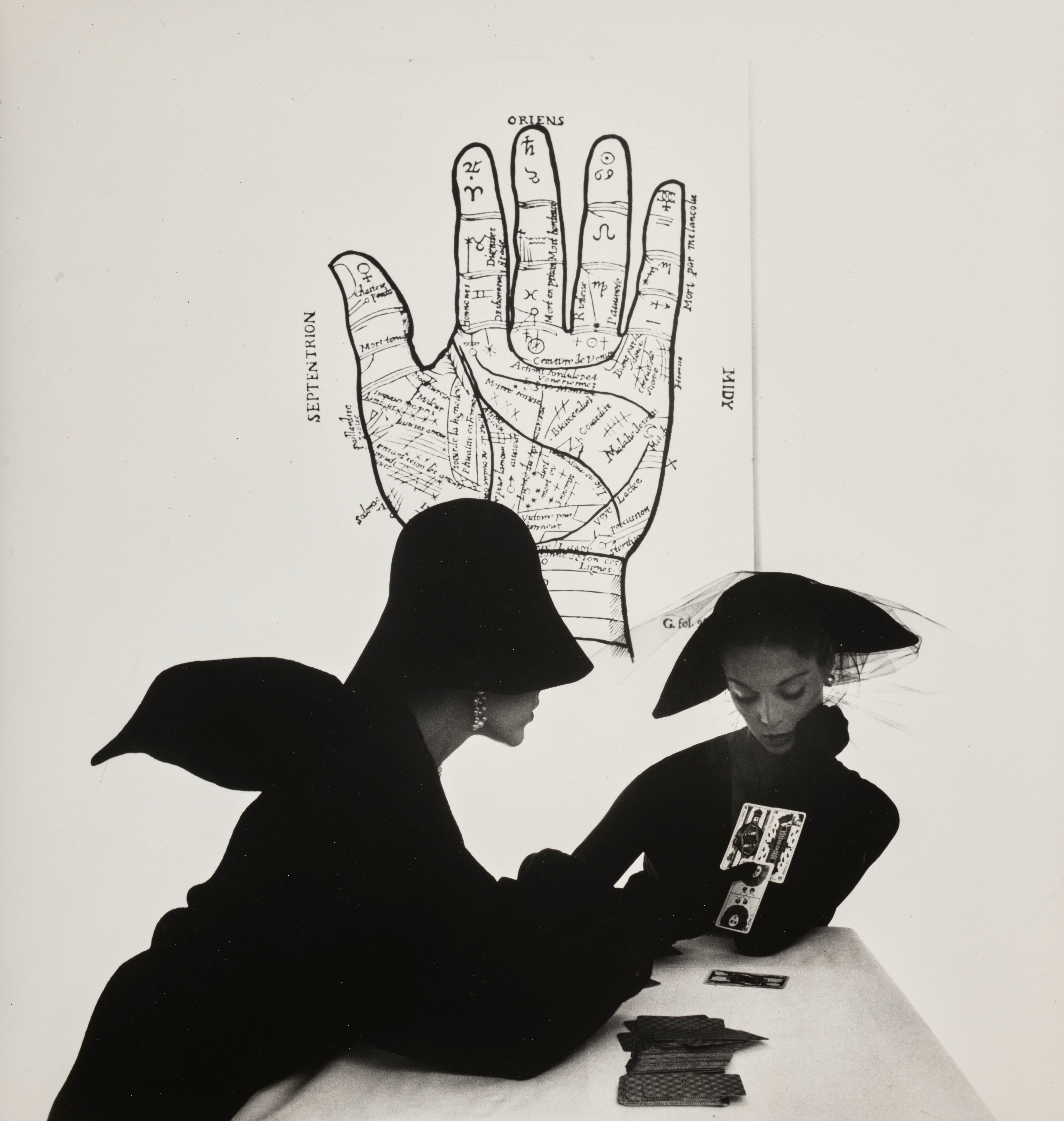Have you truly experienced life on this wild planet until you’ve faced a Tower card moment? Do you know the shock of drawing the Death card, only to realize it signals transformation rather than doom? Or the relief of pushing through a challenging phase (a “V pull” in any suit) and finally reaching an “X card,” where closure gives way to new beginnings?
If this sounds like gibberish, you’re part of the shrinking group not turning to tarot or oracle decks for insight. Believed to have started as a 15th-century Italian card game for nobility, tarot was later expanded by 18th-century French occultists and revolutionized in 1909 by the Rider-Waite-Smith deck, which shaped modern tarot. Today’s decks include 22 Major Arcana cards (like the Tower and Death) and 56 Minor Arcana cards divided into cups, pentacles, swords, and wands—plus oracle decks, which offer a more flexible, personal approach to divination.
As faith in traditional religions wanes and spirituality grows, tarot’s popularity has surged. Analytics firm Spate reports U.S. searches for “tarot cards” and “how to read tarot” jumped over 30% during the pandemic, with the industry projected to hit $93 million by 2027. The crisis drove many to tarot for introspection amid life’s big questions—but even years later, the trend persists. Why?
In uncertain times, people seek guidance beyond the tangible. “Counterculture is vital now, especially amid political chaos,” says Devany Amber Wolfe, creator of the Serpentfire Tarot. “The occult reminds us we’re connected to nature, the cosmos, and unseen forces—which grounds us when the world feels unstable.”
As interest grows, so does deck diversity, each reflecting its era. Artists have reimagined tarot for generations: from Leonora Carrington’s surreal 1955 Major Arcana to Salvador Dalí’s lavish 1970s Tarot Universal Dalí, inspired by a scrapped James Bond project. Today’s decks span themes like the Black Diaspora (Dust II Onyx), LGBTQ+ identity (The Gay Marseille Tarot), and Caribbean spirituality (Secrets of Paradise Tarot). There are even sex-positive decks, like Gabriela Herstik’s Goddess of Love Tarot. “Artists bring their visions to life—now there’s a deck for every niche,” says Herstik.
Luxury fashion has embraced the trend too. Dior launched a tarot-themed scarf line, Gucci’s Alessandro Michele frequently uses tarot motifs, and Chanel’s ‘Clairvoyance’ makeup line featured tarot-inspired blushes. Even Hermès has joined the mystic wave.They released silk scarves decorated with intricate card designs. But while tarot has gained popularity and mystical associations, many modern users see it less as fortune-telling and more as a psychological tool.
“Tarot and oracle cards help us gain perspective,” explains Herstik. “They’re spiritual, mystical tools that bypass our conscious mind and speak to our subconscious.”
For Holly Simple, creator of the Holly Simple Tarot, the practice offers a much-needed pause in our hectic lives. “Tarot has always given me a moment to stop, reflect, and look deeper within myself. Even the ‘scary’ cards remind me to stay open, willing, and trusting.”
This mix of introspection and mysticism resonates with today’s seekers. As Nicole Pivirotto, creator of the Prism Oracle, puts it: “Life moves so fast—tarot creates a sacred pause, helping you understand yourself and the world more deeply.”
In a time when so much feels politicized and uncertain, these mystical tools provide something precious: a way to reconnect with ourselves. “It’s no surprise tarot is making a comeback,” says Holly Simple. “We’re living through unique challenges. Spirituality is always the answer in dark, uncertain times because it’s the opposite of fear.”
Alana Fairchild, creator of over 36 oracle decks, points to our increasingly complex digital world: “Our reality is shifting into something more intricate than ever. Navigating life is harder, and the future feels less certain. For younger generations—especially digital natives—staying grounded is tough, leading to more anxiety and instability. Often, their elders and peers struggle to guide them because this world is so unfamiliar. The beliefs that once gave past generations certainty don’t hold the same weight now.”
For younger seekers, this uncertainty has led them to embrace technology as a tool for insight, turning to digital tarot decks and apps for virtual readings. “Tarot will keep evolving digitally,” predicts Pivirotto. “AI will likely play a role in generating readings and interpretations.”
Yet in our screen-dominated lives, the physicality of tarot and oracle decks offers a rare, tangible connection—something to hold, shuffle, and engage with beyond the digital realm. “There’s something special about how tactile cards are,” says Herstik. “Just as we’re seeing a return to analog—like film cameras and vinyl—I think physical tarot will have its moment too.”
Whether drawn from a deck by candlelight or pulled up on an app during your commute, tarot and oracle cards provide what so many crave: a moment to reflect, a spark of inspiration, and the reassurance that even in the midst of chaos, transformation lies ahead.
